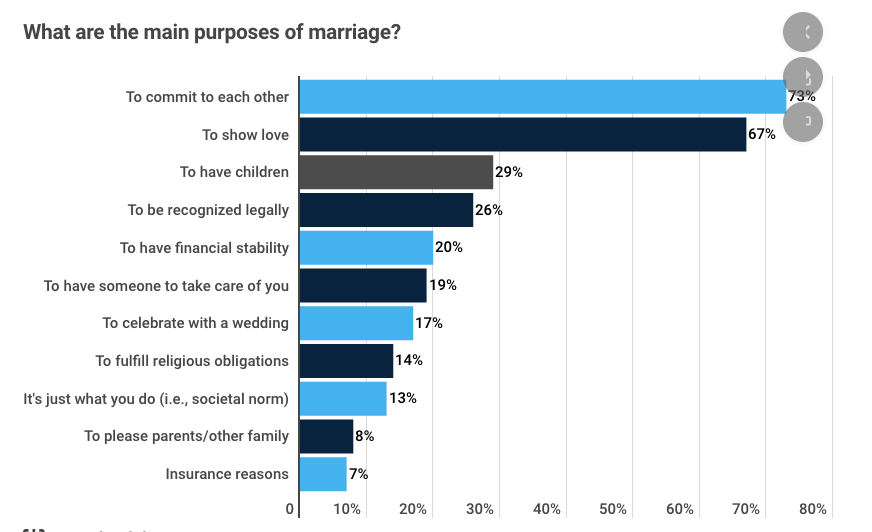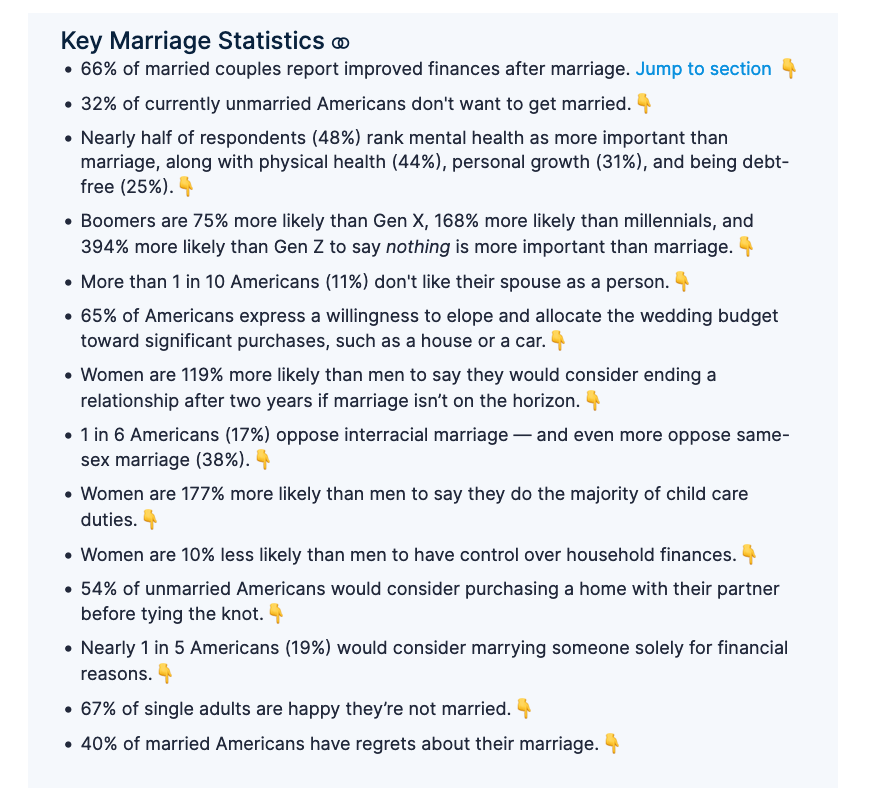
Navigating the financial challenges of saving for a home while starting a family can be daunting.
To help you find a balance, we’ve gathered ten insightful tips from CEOs, business owners, and financial experts.
From creating a realistic family budget to exercising patience and smart spending, let’s explore these strategies to help you achieve your financial goals.
- Create a Realistic Family Budget
- Leverage First-Time Homebuyer Programs
- Reevaluate Spending Habits
- Establish Separate Accounts for Goals
- Prioritize Consistent Savings and Budgeting
- Consider the “House Hacking” Strategy
- Avoid Lifestyle Creep, Automate Savings
- Trim Expenses, Seek Additional Income
- Explore Alternative Homeownership Strategies
- Exercise Patience and Smart Spending
Create a Realistic Family Budget
My top tip for balancing the financial goal of saving for a home while starting a family is to create a realistic budget. Take the time to review your current budget and account for earnings, current expenses, and estimates for future expenses. Kids are expensive: they can cost $20k or more in the first year alone.
Your priority is to keep your kid safe, fed, and loved. Kids don’t care if you’re a homeowner. Once you have a good sense of what you’re doing with your money each month, put aside a reasonable amount each month to save for your home.
If you’re a few months out from buying, consider investing the funds in something with a fixed interest rate, such as a CD. It’s safer than investing in the stock market and has a higher return than most savings accounts. — Jeremy Grant, Founder and CEO, Knocked-up Money
Leverage First-Time Homebuyer Programs
First-time homebuyer programs are designed to make homeownership more affordable and accessible. These programs provide benefits like down payment assistance, lower interest rates, or reduced closing costs.
Research and identify the programs available in your area, offered by government entities or local financial institutions. Eligibility criteria may include income limits or credit score requirements, but many programs have flexible guidelines. If it all seems overwhelming, work with a knowledgeable mortgage lender or loan officer to navigate these programs effectively. — Mike Roberts, Co-founder, City Creek Mortgage
Reevaluate Spending Habits
Sit down and have a priorities conversation. Are you spending a lot of money in areas that don’t actually make you happy, just because you’ve always had the income to afford it? Just because you can, doesn’t mean you should.
Of the three to four things you spend lavishly on, what if you kept only one of those things — whichever makes you very happy to spend lavishly on it — and you downgraded the rest?
Every family can find at least one area of money being spent every month that doesn’t nearly matter that much to them but has become a habit. Which ones bring you true joy, and which ones have just become “the way we do it”? — Alex Boyd, Owner, Mindfully Investing
Establish Separate Accounts for Goals
The one tip I recommend for balancing the financial goals of saving for a home while starting a family is to have different accounts for each goal. I started doing this after reading The Richest Man in Babylon.
I started by saving 10% of my income, then divided everything else to pay for household bills and debts. After a few months, I increased this amount to 12%, then 15%, until I hit 35%. Continue Reading…







